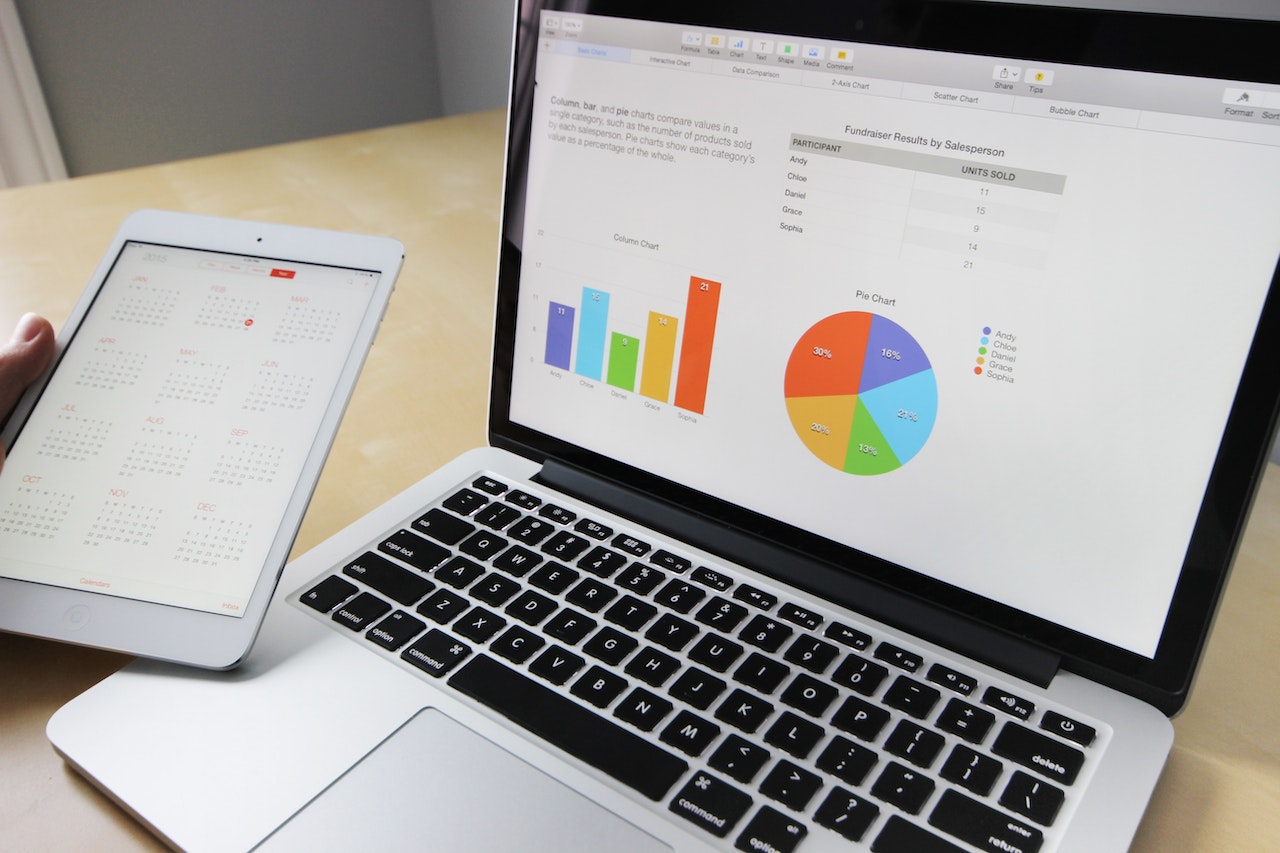-
Serial Position Effect: Meaning & Implications in Research Surveys

Have you ever noticed how the first performer in a competition seems to set the tone for the rest of the competition, while everything seems to blend until the final performance? That is how the serial position effect works. The serial position effect describes how people tend to remember items at the beginning or end…
-
Statistical Analysis Plan: What is it & How to Write One

Statistics give meaning to data collected during research and make it simple to extract actionable insights from the data. As a result, it’s important to have a guide for analyzing data, which is where a statistical analysis plan (SAP) comes in. A statistical analysis plan provides a framework for collecting data, simplifying and interpreting it,…
-
Data Collection Plan: Definition + Steps to Do It

Introduction A data collection plan is a way to get specific information on your audience. You can use it to better understand what they like and dislike, what motivates them, how they respond to different messages, and how they’re using the content you’re providing. A good data collection plan will also allow you to predict…
-
What Are Research Repositories?

A research repository is a database that helps organizations to manage, share, and gain access to research data to make product and brand decisions. It is a central database where your organization’s research team uploads all research data and insights for others in the organization to access. Research repositories typically contain insights, raw research data,…
-
43 Market Research Terminologies You Need To Know

Introduction Market research is a process of gathering information to determine the needs, wants, or behaviors of consumers or customers. Market research is used in many different industries to gather data about what consumers want and how they will respond to new products. There are different types of market research that can be used to…
-
Unit of Analysis: Definition, Types & Examples

Introduction A unit of analysis is the smallest level of analysis for a research project. It’s important to choose the right unit of analysis because it helps you make more accurate conclusions about your data. What Is a Unit of Analysis? A unit of analysis is the smallest element in a data set that can…
-
Projective Techniques In Surveys: Definition, Types & Pros & Cons

Introduction When you’re conducting a survey, you need to find out what people think about things. But how do you get an accurate and unbiased sample of what your target population thinks? You can do this by using projective techniques. These are techniques that involve asking questions that encourage responses that are not necessarily the…
-
13 Best TypeForm Alternatives 2023

Typeform is a survey platform that allows users to create and customize web forms such as surveys, quizzes, and more. But Typeform is not for everyone and it can be a bit pricey too. Selecting the best form builder for your business can be tricky, especially since there are so many great options. Although Typeform…
-
What is Field Research: Meaning, Examples, Pros & Cons

Introduction Field research is a method of research that deals with understanding and interpreting the social interactions of groups of people and communities by observing and dealing with people in their natural settings. The field research methods involve direct observation, participant observation, and qualitative interviews. Let’s take a deeper look at field research, what it…
-
25 Research Questions for Subscription Pricing

After strategically positioning your product in the market to generate awareness and interest in your target audience, the next step is to nudge them to subscribe to your plans. Pricing is one of the factors that influence the number of subscriptions to your platform, so you need to take it seriously. Your pricing page should…